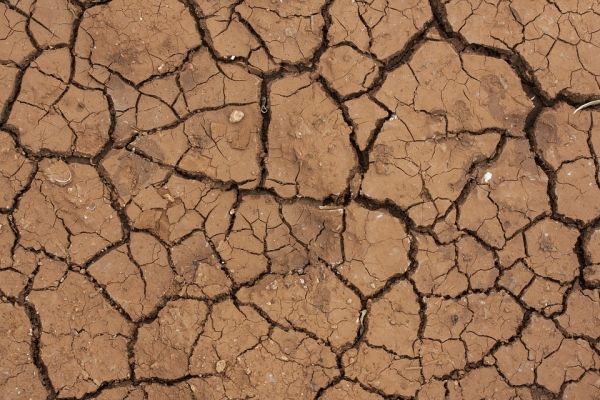Careful evaluation and selection of datasets for scientific research are essential, particularly for poorly observed regions such as Central Asia. The ERA5, the new generation reanalysis of European Centre for Medium‐Range Weather Forecasts (ECMWF), is the most reliable in revealing the spatiotemporal characteristics of precipitable water vapor (PWV) in Central Asia, compared with other reanalysis datasets, according to a recent study published in Earth and Space Science.
The study specifically focuses on Central Asia, a vast semi-arid to arid region, as it has been suffering severe water shortages in the recent half century, impacting the sustainable development of society. As a basic component of the water cycle, atmospheric water vapor plays an important role in the climate system and water resources. Understanding the spatiotemporal variations of atmospheric water vapor is essential for the understanding of the water cycle and management of water resources.
"Station observations are limited in Central Asia due to the sparse spatial distributions and the inhomogeneities of observations," said JIANG Jie of the Institute of Atmospheric Physics of the Chinese Academy of Sciences, the paper's first author. "Satellite products and reanalysis datasets are useful complements of in situ observations. However, the reliability and accuracy of these datasets in Central Asia remain unclear."
Read more at Institute of Atmospheric Physics, Chinese Academy of Sciences
Photo Credit: Engin_Akyurt via Pixabay


